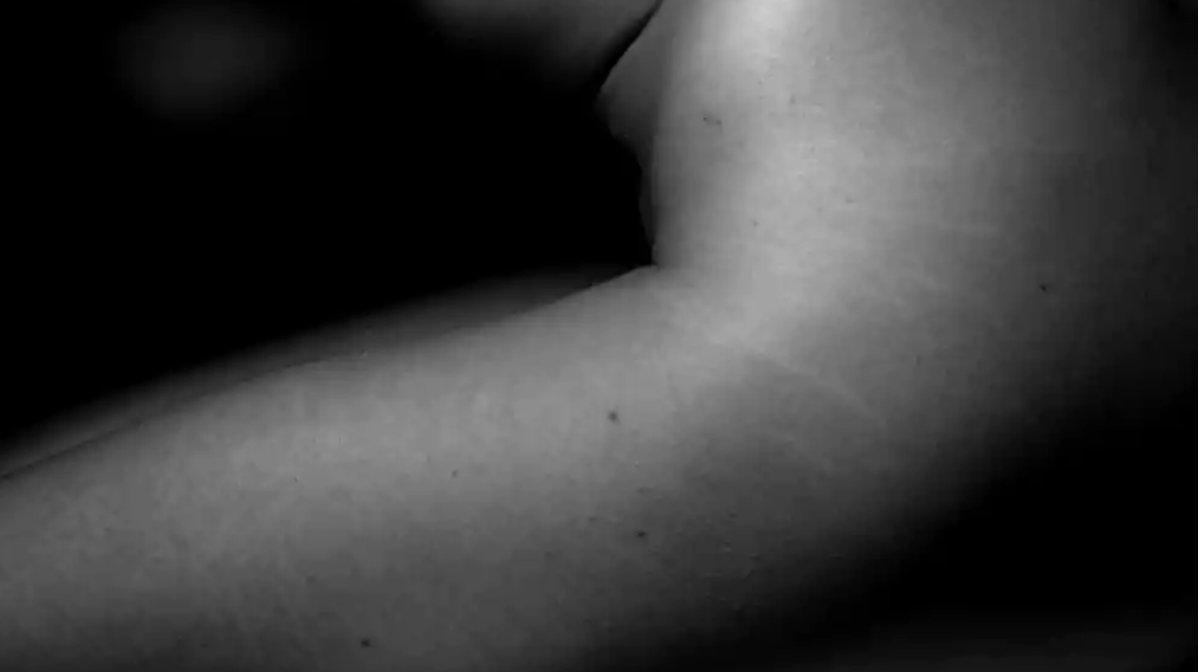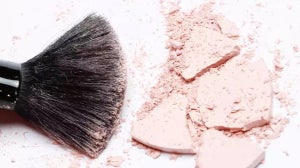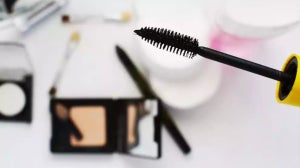
Whether you have stretch marks yourself or not, you’ll probably know how common they are. The completely harmless markings are often caused by sudden growth or weight gain and can appear in a variety of different colours, shapes, and textures, in several places on the body.
Despite their harmlessness, many people are unhappy with their stretch marks and look for ways to reduce their appearance or cover them up. There are a couple of ways you can try to reduce or remove yours, but nothing has been proven to work completely. We’ll get into ways to reduce their appearance later, but for now, let’s dive a little deeper into what causes stretch marks.
What are stretch marks?
Stretch marks are visible lines or streaks on the skin and can be pink, red, brown, black, silver, or purple depending on your skin colour. They’re a type of scaring, and the result of skin stretching faster than new skin can form. When the fibres in skin break quickly, if you gain weight or grow suddenly, you might notice that stretch marks are the result. They usually appear darker when they first arise and can settle down naturally over time.
The most common places for stretch marks to appear are the parts of the body which are prone to quick growth, like the stomach, chest, upper arms, legs, bum and hips, or back. We know, that’s a lot of body parts!
Who is more likely to get stretch marks?
Stretch marks aren’t fussy. Anybody that undergoes quick growth or weight gain is at risk of developing stretch marks, which is why we see them so often. While they are more common in women, they also often affect both male and female teenagers and men.
You’re more likely to develop stretch marks if:
You’re pregnant
You’re going through puberty
You’ve lost or gained weight quickly
You’ve gained muscle quickly
You’re female
You’re overweight
You use some kinds of steroid creams
You have stretch marks in your family
If you’re pregnant
Not all pregnant women develop stretch marks, but because of the quick weight gain and body changes that come with pregnancy, the chances of skin breaking into marks is quite high. In fact, as many as eight out of ten pregnant women see stretch marks appear.
Your likelihood of developing stretch marks in pregnancy can depend on genetics, as well as how big your bump grows. Pregnancy stretch marks most commonly appear on the stomach, upper thighs, and breasts, and are celebrated by many women as a sign of strength and motherhood.
If you’re going through puberty
Adolescent guys and girls are also prone to develop stretch marks. For females, the marks usually appear on breasts, bums, inner thighs and hips as these body parts grow and change into puberty.
Teenage males are more likely to notice stretch marks on their backs or sides as their body grows quickly in these areas.
If you’ve gained muscle quickly
Bodybuilder? If you’re training the muscle and seeing good results, you might also start to notice stretch marks as your skin stretches to accommodate your new gains. You can expect to see stretch marks on your biceps and thighs if you’re working on bulking up over a short period.
By now you get it – stretch marks can happen to anyone and are most likely to develop in areas that undergo quick growth or change. Puberty, one of the body changes that can cause stretch marks, is unavoidable, which is part of why they’re so common. Because of this, there isn’t much that you can do to prevent them. We’ll look into the ways you can try in the second part of this guide.
How to prevent stretch marks
When it comes to preventing stretch marks, all you can do is try. There are no guaranteed ways to avoid the markings developing on your skin, though there are a couple of things you can do to try and keep them from appearing unnecessarily.
1. Maintain a healthy weight
Stretch marks are often the result of rapid weight gain or loss. While sometimes (like during pregnancy) you can’t help gaining weight, maintaining a regular and healthy weight the rest of the time can help you to avoid developing stretch marks.
We hate to preach, but here goes; making sure you maintain a good diet and exercise routine can work wonders, reducing the likelihood of stretch marks and helping to keep your body feeling strong and healthy inside and out!
2. Keep skin hydrated
Keeping your skin hydrated by drinking plenty of water and using good moisturising products may help reduce the likelihood of stretch marks developing. While hydrated skin can’t heal existing stretch marks, making sure you keep it supple throughout your life might help prevent minor ones from appearing.
Of course, you can do both these things and still see stretch marks develop – we told you, there’s no sure-fire way to avoid skin stretching! If you have existing stretch marks and you’re looking for ways to reduce their appearance, there are some things you can try.
How to get rid of stretch marks
While there’s no guaranteed treatment for stretch mark removal, there are plenty of creams on the market which promise to help reduce their appearance. There are also some medical treatments which can help to reduce the appearance of stretch marks, but these cost a little more and, because they’re cosmetic, won’t be available on the NHS.
The best stretch mark removal creams
Here are some of our favourite stretch mark removal creams:
Try rubbing one of these creams onto your stretch mark areas after a shower and see if you notice a difference.
If you’re looking for a more heavy-duty stretch mark treatment, explore one of these medical options. Remember, because stretch marks are so common and are completely harmless, these treatments aren’t available on the NHS.
Retinoid creams or hyaluronic acid (not to be used when pregnant)
Light treatments
Laser treatments
Microdermabrasion
A final note on stretch marks
Before you start scrubbing and rubbing or spend a lot of money on trying to remove your stretch marks, consider how common and harmless they are. Because no treatment can guarantee that it will remove your stretch marks, you might end up no better off than you started.
Stretch marks will usually fade away over time, from red or purple marks to thinner white or silver lines. Some stretch marks might even disappear altogether, so it might be best to try and forget about them.
If your stretch marks are causing you real distress, you can book an appointment with a dermatologist and discuss possible treatments. If you catch the issue in the early stages, you have a higher chance of being able to remove it.
For more skincare advice, keep exploring the Fragrance Direct blog and take a look at some of our guides. Whether you’re looking for tips for treating acne, the best ways to banish brassy hair, or a guide to understanding and getting rid of dandruff, you’ll find everything you need on our blog.









